News
Oman’s non-oil GDP grows 3.7% in first half
Gross domestic product (GDP) for non-oil sector in the first half of 2015 recorded a growth of 3.7 per cent to reach OMR8,949.0 million compared to OMR8,626.0 million in the corresponding period of 2014, official statistics showed.

Gross domestic product (GDP) for non-oil sector in the first half of 2015 recorded a growth of 3.7 per cent to reach OMR8,949.0 million compared to OMR8,626.0 million in the corresponding period of 2014, official statistics showed.
Despite a drop in oil prices, this climb was supported by rising GDP of agriculture and fisheries sector, services and some industrial activities, especially mining and quarrying, electricity and water supply, construction and other manufacturing industries.
The Sultanate seeks to increase the contribution of non-oil activities to GDP within its plan to diversify sources of the national income, stimulate economic activity in the country and provide more job opportunities for citizens.
According to current indicators, GDP for non-oil activities is expected to climb during the current year to about OMR19 billion, recording a growth of 54 per cent compared to OMRO12.3 billion in 2010.
This year is the last year in the Eighth Five-Year Plan, which began in 2011, targeting acceleration of the rates of economic diversification, strengthening the role of the private sector in the development process and the development of its participation in its programmes.
Domestic production of industrial activities recorded in the first half of 2015 a growth rate of 4.7 per cent to reach OMR2,262.0 million. The service activities grew by 3.4 per cent to OMR6,486.0 million, thereby curtailing the effects of declining domestic production of petroleum activities on GDP.
Among other economic indicators, which call for optimism is the rising oil production rate, official statistics show that the average oil production of the Sultanate rose in the first nine months of 2015 to 978,000 barrels per day, compared to about 948,000 barrels per day in the corresponding period last year, recording a growth rate of 3.2 per cent. The rise of oil production would compensate for part of the losses resulting from the decline in oil prices. The Sultanate recorded in July the highest production rate that exceeded one million barrels per day.
The total production of the Sultanate reached in the 2015 first nine months 267 million barrels compared to 258.7 million barrels in the same period of last year, but the decline in the average oil price of Oman from $105.81 a barrel to $59.8 a barrel impact on revenue.
The inflation level by the end of September 2015 decreased by 0.1 per cent, compared to its level a year ago to drop the consumer prices index (CPI) to 102.3 points compared to 102.4 points in September 2014.
The property traded value increased in the first nine months of 2015 to OMR3.2 billion compared to OMR2.2 billion in the same period of last year and the collected fees of legal actions increased from OMR31.7 million to OMR37.6 million.
The private sector was able in the first nine months of 2015 to provide 9,560 jobs for Omani citizens. The total number of Omanis in the private sector reached by the end of September was 207,000 compared to 197,000 at the end of last year.
These economic indicators reflect the growth recorded by several economic sectors at a time when economic circles are awaiting the release of the state budget for 2016 and the foundations of the Ninth Five-Year Plan, the implementation of which will start on January 1.
-
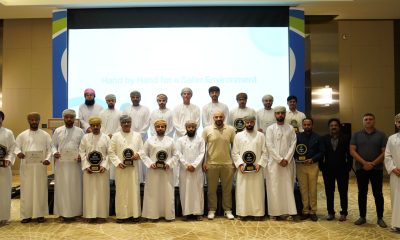
 Banking & Finance2 weeks ago
Banking & Finance2 weeks agoOman Oil Marketing Company Concludes Its Annual Health, Safety, Environment, and Quality Week, Reaffirming People and Safety as a Top Priority
-

 Economy2 months ago
Economy2 months agoMaal Card: What Oman’s New National Payment Card Means for Everyday Users
-

 News2 months ago
News2 months agoSheikh Suhail Bahwan, Chairman of Suhail Bahwan Group, Passes Away
-

 News1 month ago
News1 month agoOIG Appoints New CEO to Lead Its Next Chapter of Excellence
-
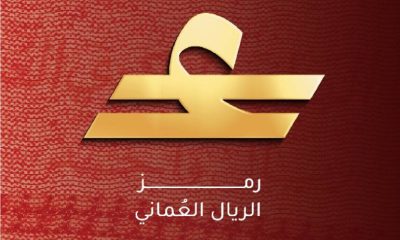
 Economy2 months ago
Economy2 months agoOman Unveils Official Omani Rial Symbol in Landmark Move to Boost Global Currency Presence
-
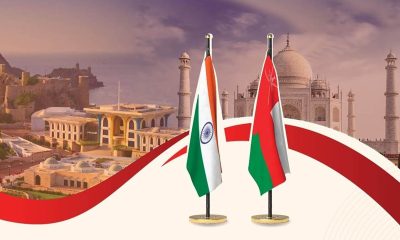
 News1 month ago
News1 month agoReport: How India & The Middle East Are Exploiting Immense Economic Synergies
-
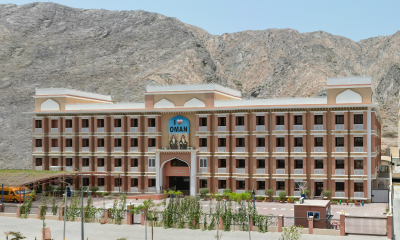
 Uncategorized1 month ago
Uncategorized1 month agoOman’s ISWK Cambridge Learners Achieve ‘Top in the World’ and National Honours in June 2025 Cambridge Series
-
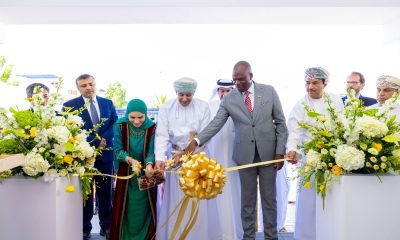
 Trade1 month ago
Trade1 month agoConsulate Office of the Republic of South Africa opens in Muscat, enhancing bilateral relations





























You must be logged in to post a comment Login